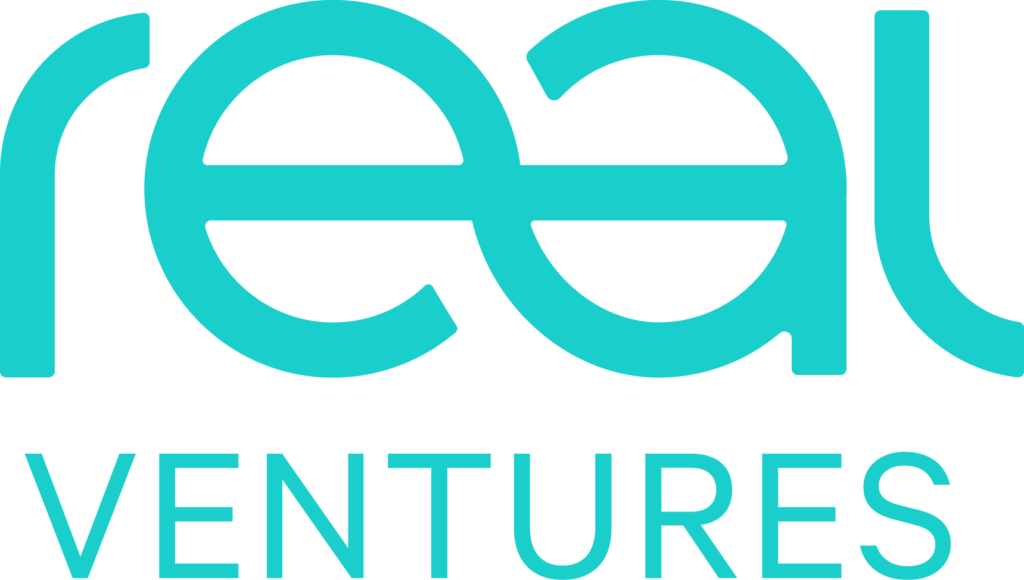Given the fierce competition to recruit and retain skilled tech talent, founders who prioritize employee experience early on will gain a significant competitive advantage. The Canadian tech industry has experienced tremendous growth in recent years, with Toronto now ranking as the third-largest tech hub in North America and Montreal proving to be the second most active Canadian administrative center with over 140+ VC deals in 2021. This is no coincidence. Canada’s deep pool of AI and deep tech talent, our easy access to global markets, and the steadily increasing number of repeat founders and investors have contributed to the country’s tech ecosystem’s success.
Global tech companies like Netflix, Google, Pinterest, Microsoft, Amazon, and Twitter are setting up shop in our numerous tech hubs because of the strength of our tech talent pool. Add to that the steady growth of Canadian-based companies like Clutch, Paper, and Vention, — just to name a few — and the fact that international remote opportunities have dramatically increased, it’s no wonder it’s never been more difficult to retain top-performing employees.
And so you ask, what can early-stage tech startups do to remain competitive? In a world where opportunity is aplenty, here are my ten top recommendations to today’s tech and people leaders to remain an attractive and competitive option to high-performing talent.
1. Pay Up
To bring your vision to life you need the right people on your team. The first step to retaining experienced, skilled, and highly sought-after professionals is to, and this should come as no surprise, pay them what they’re worth. This does not necessarily mean matching FAANG salaries but rather understanding market rates and acting accordingly. This is especially key in Canada, where wages have been historically low up until recently.
2. Give Pre-Emptive Raises
While this is closely related to tip #1, it’s worth calling it out separately because timing is everything. Canadian tech salaries have increased 38% since 2019. Additionally, by December 2021 the Canadian inflation rate reached a 30 year high and the consumer index price was up 4.8%, the highest it’s reached since 1991. If your employees are underpaid they likely know it and will do one of two things: ask for a raise or leave. Take action now rather than waiting for them to accept a better offer. Don’t just tell your employees their contributions are valued, show them by pre-emptively offering them fair compensation that reflects market rates and your appreciation for their contributions to the organization’s growth.
3. Bump Up Option Grants
The first option grant for an employee is a guess at how good they will be in their role and their impact on the organization’s growth. Your top performers are likely worth more than what you initially gave them. If this is true, remedy the situation and give them more. As with pay raises, acting preemptively will increase your chances of retaining these employees for longer periods of time.
4. Promote Your Best People
Career growth is a major motivator for most employees. In a recent Workplace Learning Report published by LinkedIn, 59% of respondents ranked learning & development as a top priority — among GenZ respondents, 76% saw learning as key to their career advancement. If you have team members who have shown that they are ready for more, don’t wait for the established cycles to recognize them with new titles or responsibilities. Show them you see how impactful their contributions are and reward them by promoting them sooner.
5. Create A Culture Of Recognition
This can’t be said enough; people want to feel valued and appreciated for their contributions. Recognition is a cost-effective and impactful way to ensure employees feel valued and remain engaged and connected. Whether it’s in Slack channels, all-hands meetings, or CEO emails, look for ways to institutionalise the practice of recognizing and praising good work at all levels of your business. In addition to generating feelings of happiness and creating a positive work environment, one study also showed that happy employees are 13% more productive!
6. Hammer Home The Mission
People seek a sense of belonging through shared values. A company’s mission unites team members to a higher cause and helps to create a sense of belonging — “we’re in this together!” To maximise this effect, leaders, with the support of internal champions, should reinforce the company mission frequently and consistently. Large meetings, team offsites, internal communications, and townhalls are all great examples of communications channels that can be leveraged to promote and reinforce the mission. If you’re not bored of hearing yourself repeat it, you’re not saying it enough!
7. Keep People In The Loop
Startups have lots of ups and downs. While startup employees tend to be resilient to frequent changes, the startup roller coaster can create anxiety for workers who are downstream of key information flows. To reduce change-induced stress, try to establish clear and consistent channels to update everyone on company performance. Weekly email updates, townhalls, Slack channels, Confluence pages, choose the format that is right for you and your team. Proactive communication will help employees feel more secure and significantly reduce rumors that usually spread when information is scarce.
8. Get Good Press
Good press isn’t just a way to attract customers and investors. Your employees are another important audience segment reading all PR published about your firm. Seeing the company you work for featured positively in the news feels good! Who doesn’t want to brag about the incredible company they work for that was recently featured in the media? While PR can be a complex issue, positive public recognition will undoubtedly help with talent recruitment and retention.
9. Offer Flexible Work Arrangements
Remote work, work from anywhere, flexible working hours, four-day work weeks… While there is no one-size-fits-all when designing flexible work arrangements, one thing is clear: employees expect far more flexibility than the rigid, in-office, 9 to 5. In fact, in Ranstad’s 2022 Global Talent Trends report, when asked about talent retention strategies, 86% of the leaders who responded indicated that flexible work arrangements were a successful element in their employee retention strategy. Find out what matters most to your employees and make sure your policies reflect work arrangements they value while still contributing to the overall growth of the organization. If you’re concerned about the negative impact of having fewer employees present in the office, ask yourself this question: how will forcing employees to adhere to strict working arrangements that they no longer feel suit their lifestyle impact your company culture?
10. Win Your Market
While it may seem obvious, it still bears emphasising: success is a great way to keep people happy. Employees like to play for a winner because it also makes them feel like winners. Good results create momentum in every corner of the company. Be sure to take every opportunity to amplify and celebrate wins — and the people who made them possible — to ensure your team knows just how much they are killing it!
**********
For more on our thoughts on early-stage investing and startup scaling, sign up for our newsletter and follow us on Twitter, LinkedIn, and Facebook.




